The Miracle of Breslau. How they stormed Hitler’s last fortress
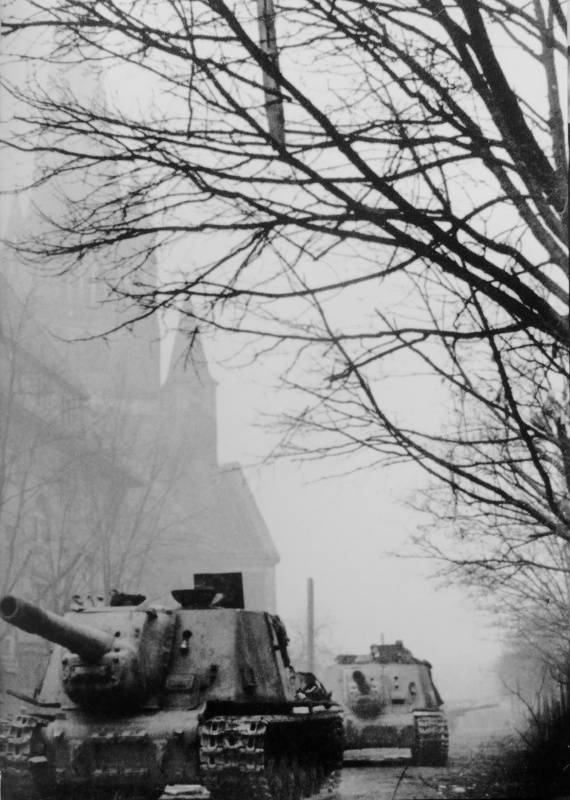
The last year of the war was the agony of the Third Reich. Realizing the inevitability of defeat and punishment for the crimes committed, the Nazi elite did its best to delay the defeat. For this, all the means were good: they carried out a total mobilization, feverishly developed various samples of “miraculousweapons”, Surrounded by Soviet troops, the cities were declared“ fortresses ”. Breslau-Breslavl, the capital of Silesia, also became such a stronghold. The German garrison fought here for almost three months, from mid-February to May 6, 1945, and surrendered only after the news of the general surrender of the German armed forces.
Breslau Defense Organization
By February 15, 1945, Soviet troops blocked the capital of Silesia, the city of Breslau. The city was defended by the Breslau corps group (about 50 thousand people, plus 30 thousand militias). At first, the military commandant of the city was Major General Hans von Alphen, and in March, General of the Infantry German Nihof. The political power in the fortified area was exercised by Gauleiter Karl Hanke, endowed with dictatorial powers. He shot and hanged everyone who wanted to leave the city without the order of the Fuhrer. So, on January 28, by order of the Gauleiter, the second mayor of Breslau Spielhaten was executed.
The garrison and the remaining inhabitants of the city were convinced that their business was to stand at this strategic point until the Wehrmacht went over to the counteroffensive and set them free. There was hope that the troops of Army Group Center, located southwest of Breslau, would break through the encirclement. At first, soldiers and citizens believed in the appearance of a “miracle weapon that would save the Reich, and in the success of the offensive in Silesia and Pomerania. There were also rumors about the imminent collapse of the anti-Hitler coalition, the conflict of Western powers with the USSR. In addition, the front stabilized relatively close to the city and artillery cannonade came from there, which for a long time supported the garrison's hopes for an early arrival of aid.
Food in the city was enough for a long defense. Ammunition was worse. But they were delivered over an “air bridge”. Airplanes landed at the Gandau airfield. Also, small units of paratroopers and troopers were transported through the air to the city during the siege. Gandau airfield was under constant threat of capture. Hanke decided to build a new airfield in the city center along one of the main streets of the city - Kaiserstrasse. For this, it was necessary to remove all the lighting masts, wires, cut down trees, uproot stumps and even demolish dozens of buildings (to expand the strip) for almost one and a half kilometers. There were not enough sappers to clear the territory of the “internal airdrome”, so we had to attract the civilian population.
Soviet intelligence believed that parts of the 20th tank divisions, 236th assault gun brigade, consolidated tank company, artillery and anti-aircraft units, 38 Volkssturm battalions. In total, more than 30 thousand people (including the militia), with 124 guns, 1645 machine guns, 2335 faustpatrons, 174 mortars and 50 tanks and self-propelled guns. The main forces of the German garrison were concentrated in the southern and western sections. The southeastern, eastern, and northern parts of the city were covered by natural barriers: the Weide River, canals of the Oder River, and the Ole River with wide floodplains. In the north, the area was swampy, which made it impossible to use heavy weapons.
The Nazis created a strong defense. Numerous stone buildings, gardens and parks made it possible to covertly place fire weapons and mask them. The roads were blocked in advance by blockages of stones and logs, barricades and ditches, mined, as well as approaches to them, were shot. At the same time, there was a network of good roads in the city and its suburbs, which allowed the Germans to quickly transfer their tanks, assault guns and artillery to the dangerous section. Armored vehicles were in the commandant's reserve and its small groups (1-2 tanks, 1-3 self-propelled guns) were used at active sites to support infantry.
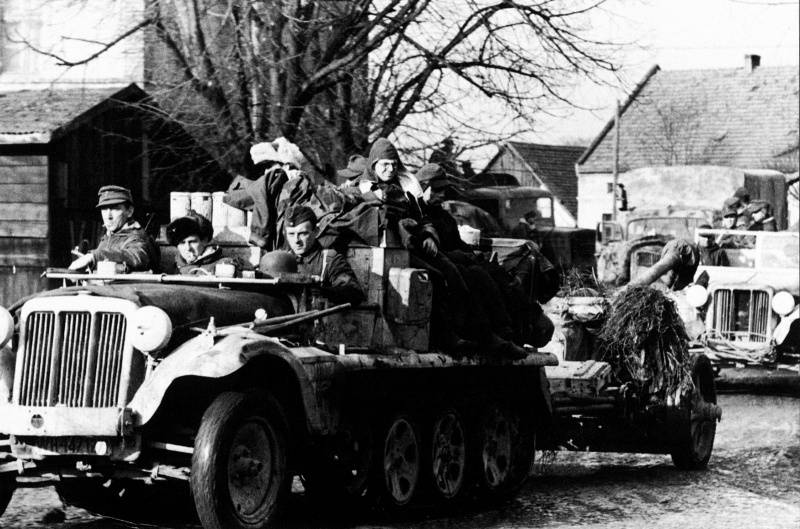
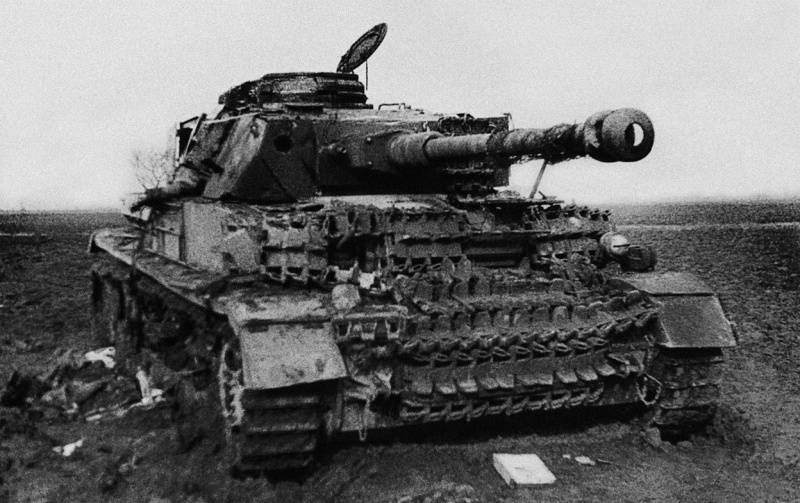
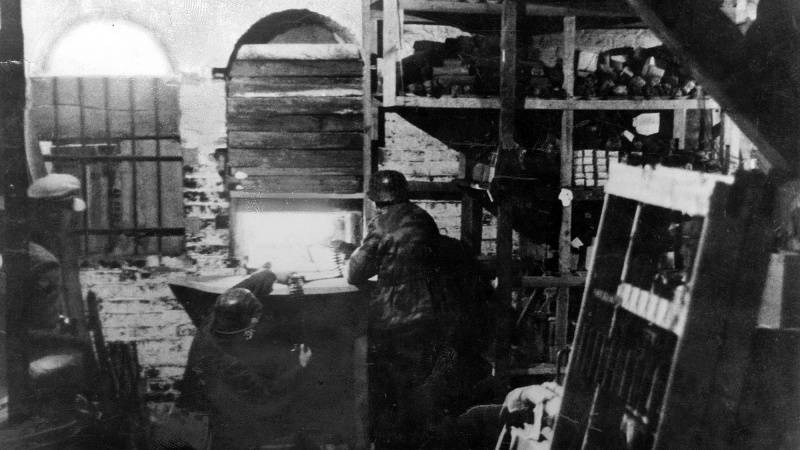
Assault
On February 18, 1945, the 6th combined arms army of Gluzdovsky was transferred to the 349th guards heavy self-propelled artillery regiment (8 ISU-152). Each rifle regiment assigned an assault group (combined battalion) for combat operations in the city. Also, the assault battalions of the 62nd separate engineer and combat brigade were involved for the assault, whose fighters were prepared for urban battles and capture long-term fortifications. The personnel of these units were armed with protective shells, ROCKS flamethrowers (Klyuev - Sergeyev backpack pack flamethrower), portable rocket launchers, trophy faustpatrons and explosives.
The fighting of the assault groups took place from February 18 to May 1, 1945 (in anticipation of the complete surrender of the enemy, the forces blocking Breslau completed the attack). Soviet troops mainly operated in the western and southern parts of the fortified area. The offensive was uneven: either activation or pause. During a pause, reconnaissance, regrouping and replenishment of forces, ammunition transportation, and targeting for a new quarter were carried out.
The first assault (separate attacks were earlier) began on the night of February 22, 1945 in the southern part of Breslau. After the artillery bombardment, the assault groups began to accompany the batteries. Self-propelled guns moved behind the main forces of the assault groups at a distance of 100-150 meters along the streets from south to north. At the request of the infantry, they hit the enemy firing points. Self-propelled guns moved at some distance from each other, clinging to the walls of houses, supporting neighbors with fire. Periodically, self-propelled guns fired harassing and aimed fire at the upper floors of houses, to ensure the actions of infantry and sappers who paved the way in the rubble and barricades. Unfortunately, there were mistakes, so, two cars pulled ahead of the infantry and were hit by the Faustians.
Soviet sappers actively used directional explosions, using water hatches as reflectors. Then, fiery jets of flamethrowers were directed into punched gaps in the barricades and walls of buildings. However, our troops met fierce resistance, and the Nazis repelled the first assault aimed at the city center.
In early March, the 6th Army was reinforced with the 222nd separate tank regiment (5 T-34, 2 IS-2, 1 ISU-122 and 4 SU-122) and the 87th Guards Tank Heavy Regiment (11 IS-2) . The 349th Guards Heavy Self-Propelled Artillery Regiment was significantly strengthened (29 ISU-152). This strengthened the assault forces, the battles resumed with renewed vigor. As before, tanks and self-propelled guns moved behind the infantry, acting as mobile firing points. The boundary of the infantry, as a rule, was indicated by a green or white missile, and red - indicated the direction of fire. Tanks or self-propelled guns fired several shots and the arrows went on the attack under cover of smoke and dust, taking advantage of the fact that the enemy firing point was suppressed, or the Nazis hid in shelters under fire. Soldiers burst into the building, actively used grenades. Some buildings were destroyed by direct fire, by the fire of guns, brick fences and metal fences were destroyed. To avoid losses, the firing position of tanks and self-propelled guns was changed only after a complete cleaning of houses, floors, attics and basements. Sometimes heavy tanks and self-propelled guns were used as rams, making passages in barriers and barricades.
In the best traditions of Russian ingenuity, tankers used river anchors to remove rubble and barricades. A tank or self-propelled guns, under cover of the fire of another car, was approaching the blockage, sappers grabbed anchor for logs, bars and other objects of the blockage, the armored car reversed and pulled away the obstacle. It used to be used tank landing. One tank or self-propelled guns fired at an object, another with a landing on board at high speed jerked toward the building, stopping at a window or door. The landing force burst into the building and began close combat. The armored vehicle retreated to its original position.
However, these forces were not enough to make a decisive turning point in the battle for Breslau. For March 1945, little success was only in the center, where our assault groups managed to advance four blocks from the Hindenburg square northward, in the remaining sections only 1-2 blocks. The battles were extremely stubborn. The Germans fought fiercely and skillfully, defending every house, floor, basement or attic. They tried to use the 87th Guards Tank Heavy Regiment in the northern sector, but unsuccessfully. The sappers could not destroy all the blockages on the roads in time, and when heavy tanks moved outside the roads, they got stuck in marshy areas and became easy prey for the enemy. After this failure, they did not conduct more active actions in the north.
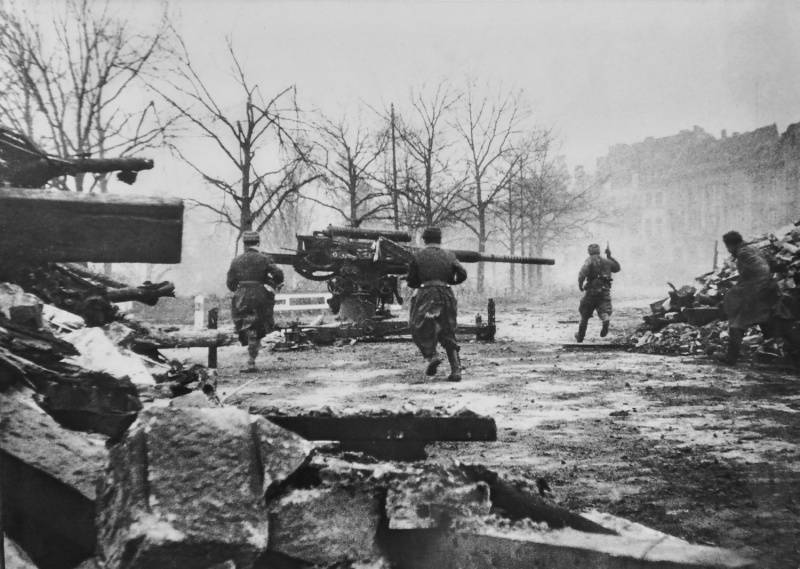
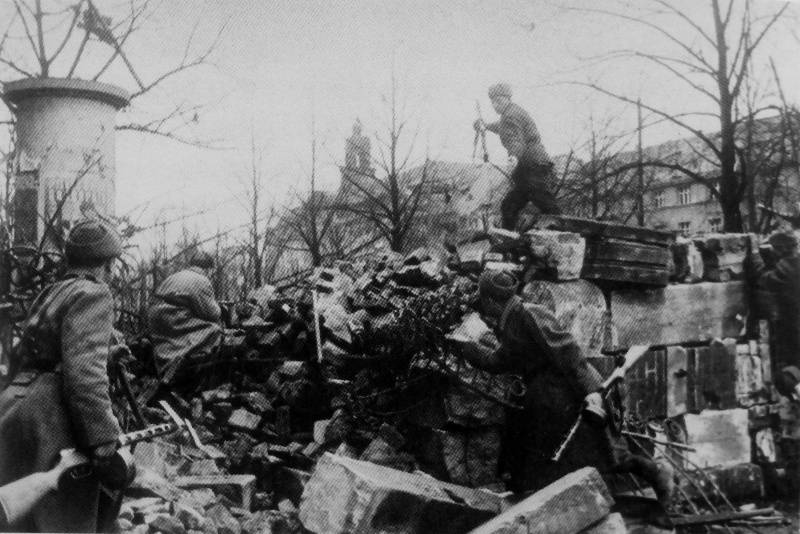
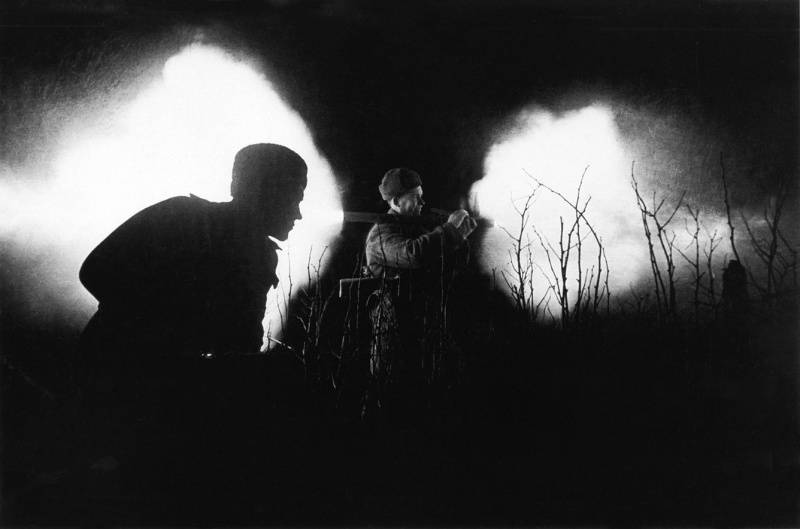
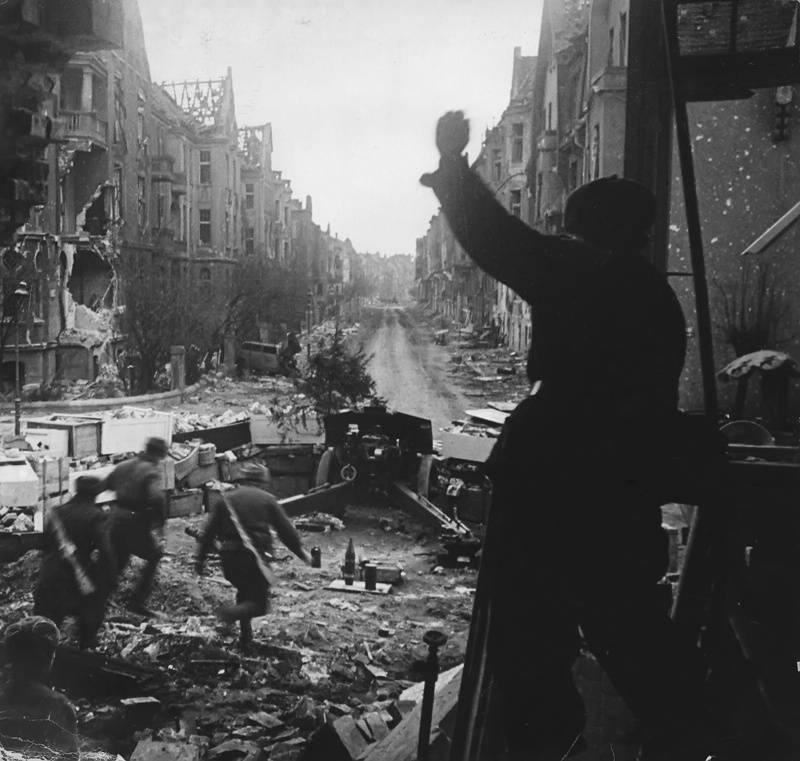
"Easter battle"
The assault on the city took a positional character. Our troops beat off the enemy house by house, block by block, slowly biting into the depths of the city. But the German garrison showed tenacity and ingenuity, fiercely fought back. The commander of the sapper battalion of the 609th division, Captain Rother, recalled:
In April 1945, the main hostilities took place in the southern and western parts of Breslau. April 1, Soviet Easter Sunday aviation and artillery delivered powerful blows to the city. Neighborhoods flared the city, buildings collapsed one after another. Under a veil of fire and smoke, Soviet tanks and self-propelled guns launched a new attack. The "Easter battle" began. Armored vehicles made holes in the weakening enemy defenses, flamethrowers destroyed pillboxes and bunkers, concentrated artillery fire from close range swept away all living things. The German defense was broken through, our troops captured the main "artery" of the fortress - the Gandau airfield. Breslau was completely cut off from the Reich, since the “internal airfield” on Kaiserstrasse was unsuitable for landing large aircraft that brought weapons and ammunition, taking the wounded and sick. It became obvious that the position of the fortress was hopeless. But the military-political command of the fortified city did not respond to calls for surrender.
In the following days, the battle continued. The main battles were fought in the western part of the fortress city; therefore, all tank and self-propelled regiments were subordinated to the commander of the 74th Rifle Corps, Major General A.V. Vorozhishchev. Armored vehicles supported the operations of the 112th, 135th, 181st, 294th, 309th and 359th Rifle Divisions. On April 3, the 6th Guards Heavy Self-Propelled Artillery Regiment was transferred to the 374th Army. Self-propelled gunners got the task, in cooperation with the 294th division, to go to the right bank of the Oder River. By April 15, despite strong enemy resistance, the task was partially completed. Since April 18, the self-propelled gun regiment performed the same task, but now supported the advance of the 112th division. In the battle on April 18, the 374th self-propelled gun regiment lost 13 ISU-152 out of 15. The Germans were able to disperse and destroy the landing force (50 people), the rest of the assault infantry was cut off and the Fausters burned the self-propelled guns. In the future, self-propelled guns of the 374th regiment helped our attack aircraft take several quarters.
On April 30, 1945, our troops stopped the offensive, waiting for the surrender of Germany. Breslau did not give up, and after the surrender of Berlin on May 2, 1945, on May 4, the townspeople, through priests, offered commandant Niechof to lay down their arms in order to stop the suffering of people. The torment of civilians, the elderly, women and children has become unbearable. The general did not give an answer. On May 5, Gauleiter Hanke announced through the city newspaper (its last release) that surrender was banned on pain of death. Hanke himself escaped on an airplane on the evening of May 5. After the flight of Hanke, General Nihof entered into negotiations with Commander Gluzdovsky on the issue of the surrender of the fortress. The Soviet side guaranteed life, food, the preservation of personal property and awards, return to their homeland, after the end of the war; medical care for the wounded and sick; safety and normal living conditions for the entire civilian population.
May 6, 1945 Breslau capitulated. By the evening of the same day, all German troops were disarmed, our units occupied all quarters. On May 7, 1945, gratitude was declared to the troops who took Breslau, and in Moscow salute was given by 20 artillery volleys of 224 guns.
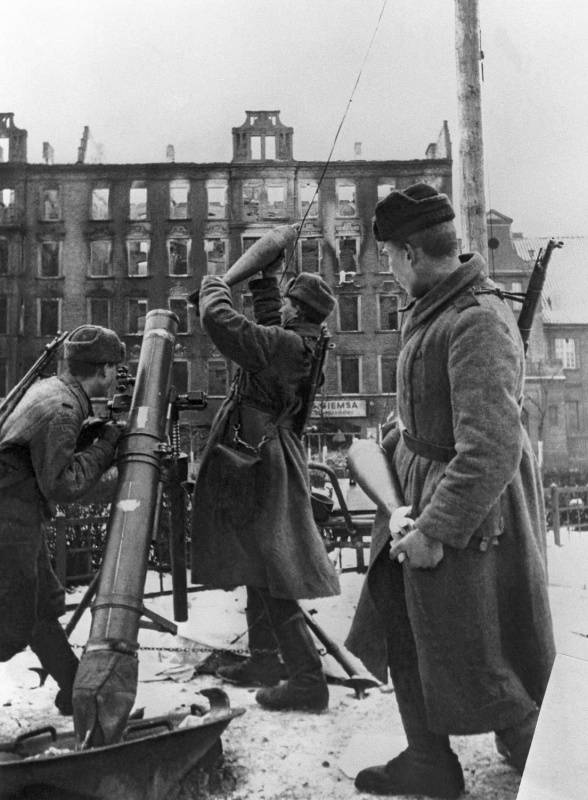
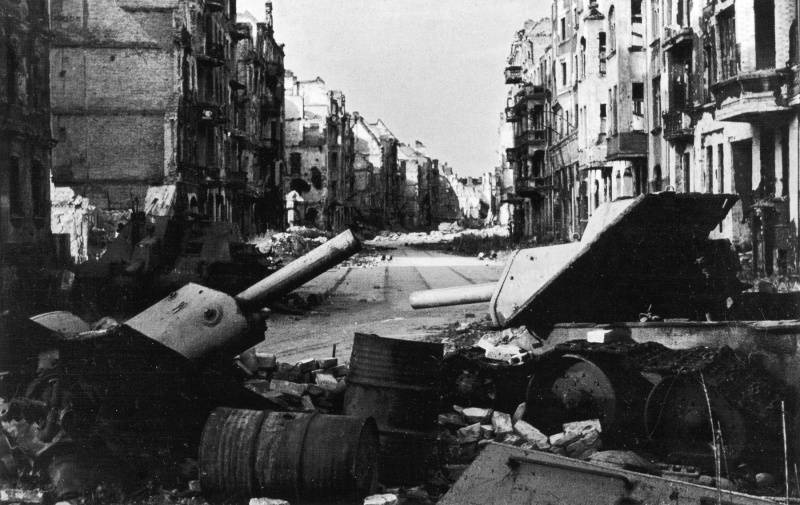
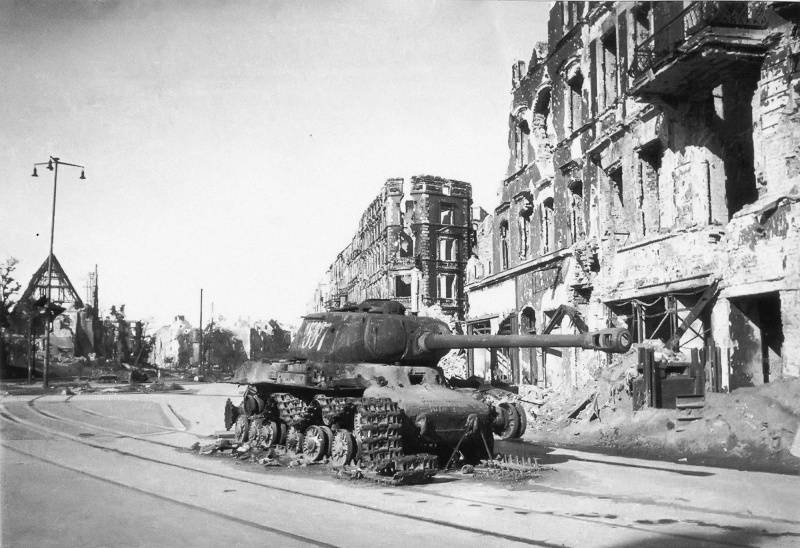
The meaning of the "miracle of Breslau"
The defense of Breslau was used by Goebbels, who compared this battle to the battle for Aachen during the wars with Napoleon. The Miracle of Breslau has become a symbol of national resilience. The German garrison fought for almost three months, until the end of the war held most of the city and surrendered only after the surrender of the entire Reich. Thus, the German military historian Kurt Tippelskirch noted that the defense of Breslau became “one of the most glorious pages in stories the German people. "
However, he noted that the defense of Breslau was of strategic importance only in the first phase of the winter offensive of the Red Army of 1945, that is, in January and the first half of February 1945. At this time, the Breslav fortified area attracted part of the forces of the 1st Ukrainian Front, which made it easier for the German command to create a new defense line from Lower Silesia to the Sudetenland. After February, the defense of the fortress no longer had military significance; several Soviet divisions besieging Breslau did not reduce the forces of the Red Army. That is, Breslau could capitulate without prejudice to the Wehrmacht already in late February - early March 1945. But the political significance of the defense of the fortified city (propaganda) was more important than the military.
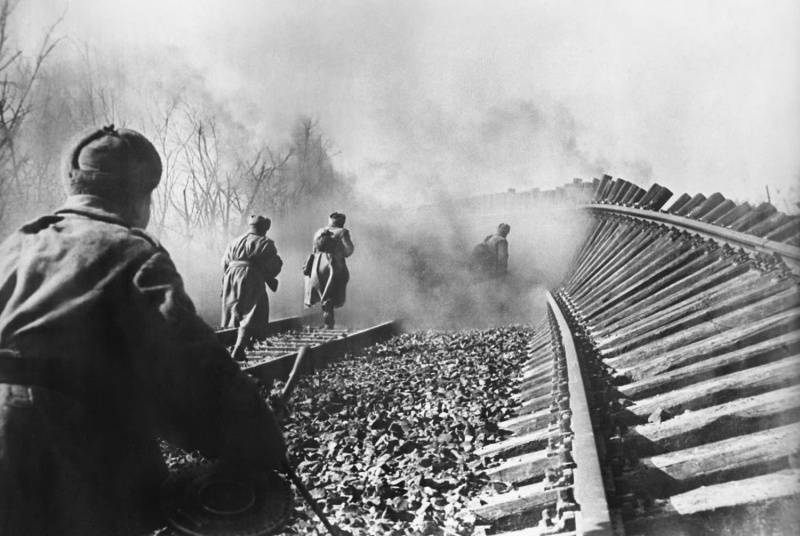
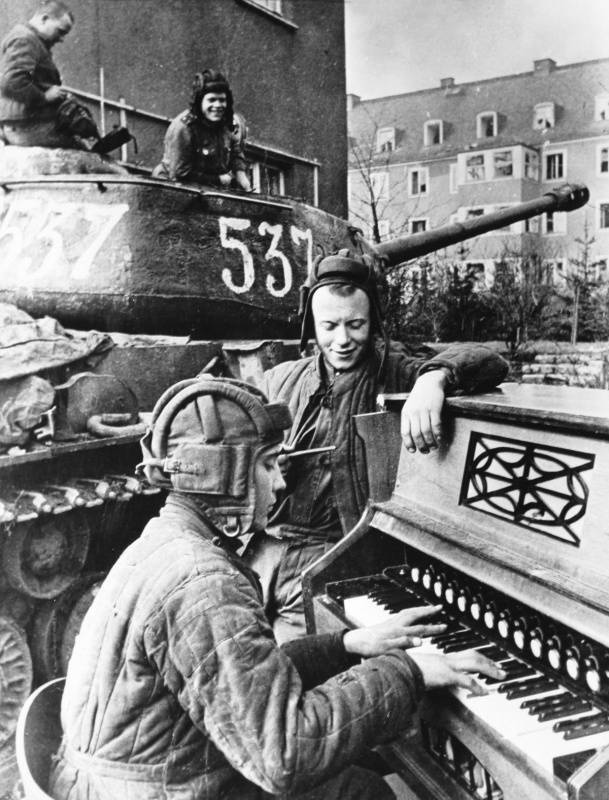
Why the Red Army was unable to storm Breslau
The answer is simple. The front command almost immediately removed all forces from this sector, except for the rather weak composition of the 6th combined arms army. As a result, the 6th Army conducted a siege only on its own (two rifle corps - 7 rifle divisions, 1 fortified area), without additional artillery and tank forces. Her strength was too small for a full-fledged assault from several directions, which would definitely lead to the fall of the fortress. At the same time, the Soviet command initially underestimated the size of the enemy garrison. Its number at the beginning of the siege was estimated at only 18 thousand soldiers (not counting the militia), but as the siege dragged on, the estimate of its number increased first to 30 thousand people, then to 45 thousand people. Thus, the number of troops of the 6th Army was at first less than the German garrison (in fact, an entire army), there were not enough guns and tanks.
The Soviet supreme command was occupied with larger tasks. Breslau no longer had military significance. The fortress was doomed and its fall was only inevitable. Therefore, no special efforts were made to capture Breslau.
Also among the objective reasons for the long-term defense of the city are the geographical features of the location of the big city. It was covered on two sides by natural barriers that interfered with the actions of mechanized units. In addition, the Soviet command did not want to suffer heavy losses as the end of the war was approaching, there was no military need for a quick capture of Breslau. Moreover, Silesia and Breslau (Wroclaw) from July 1, 1945 were transferred to the new Polish state, friendly to the USSR. If possible, it was necessary to save the city for the Poles.
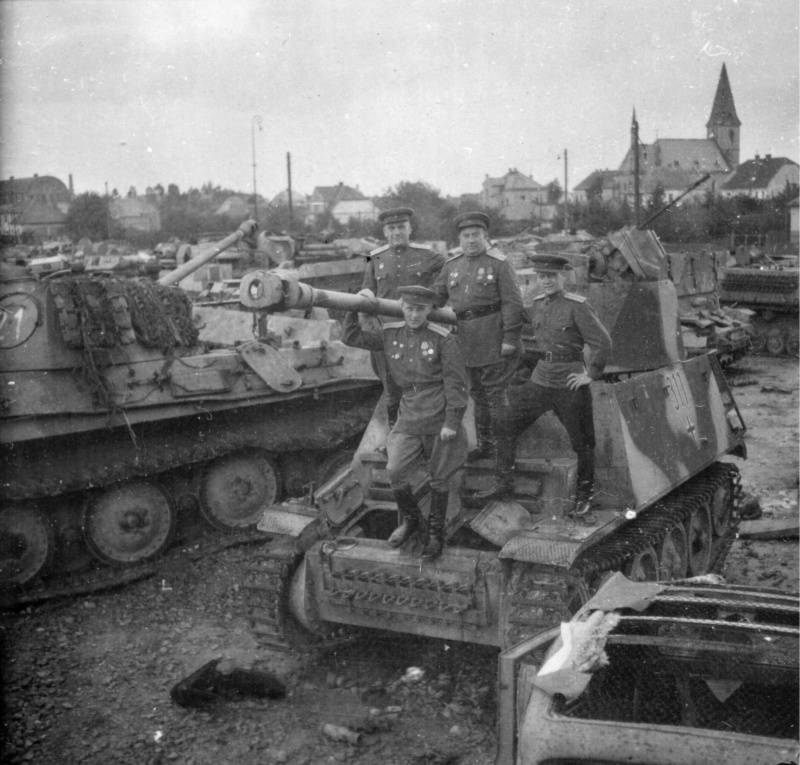
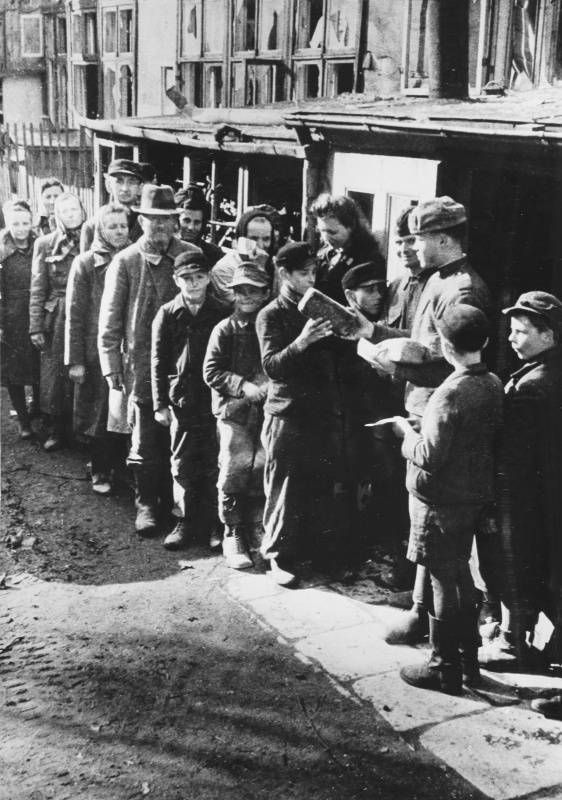
- Alexander Samsonov
- http://waralbum.ru/
- The agony of the Third Reich
The Agony of the Third Reich. 75 years of the Vistula-Oder operation
The assault on the East Prussian fortress of the Reich
How Soviet troops liberated Warsaw
How Stalin created the foundations of a new world
The fierce battle for the Slavic Pomerania
75 years ago, Soviet troops stormed Budapest
The stubborn battle for Silesia
Information